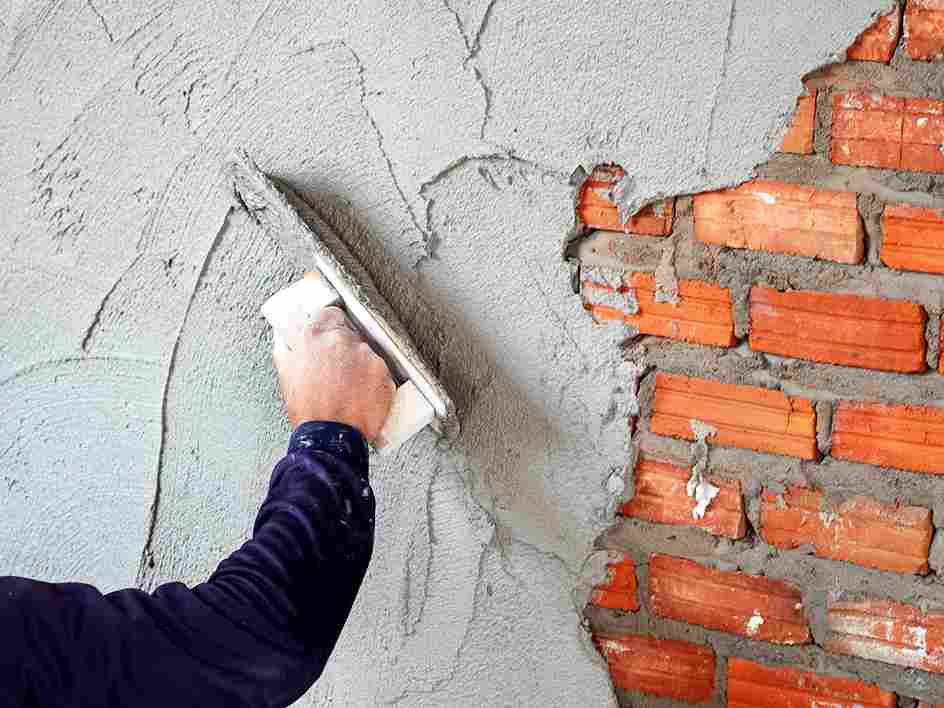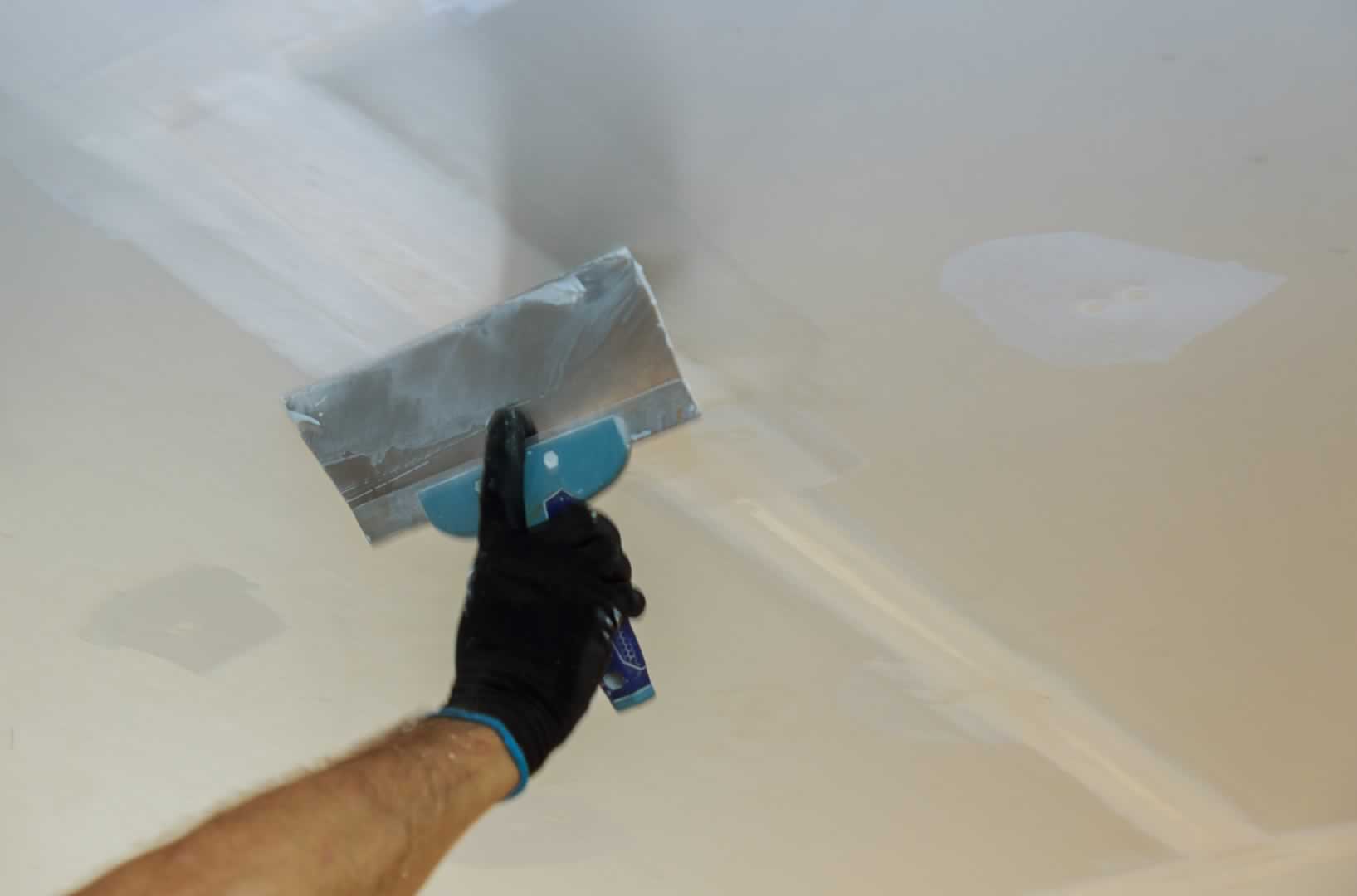Plastering Tricks: Boost Your Interior with a Perfect Wall Surface Finish
Plastering Tricks: Boost Your Interior with a Perfect Wall Surface Finish
Blog Article
A Comprehensive Guide to Learning Plastering Skills for Your Restoration Requirements

Crucial Tools and Products
Numerous necessary devices serve unique purposes, making sure efficiency and accuracy throughout the smudging procedure. A top notch trowel, for instance, is important for smoothing and applying plaster, while a hawk gives a stable system for holding the material.
In enhancement to tools, picking the ideal plastering materials is crucial. Gypsum-based plasters are commonly chosen for their versatility and convenience of usage, while cement-based options are excellent for outside applications as a result of their resilience. Water and bonding agents play significant roles in attaining correct consistency and attachment, ensuring that the plaster adheres properly to the surface area.
Furthermore, safety gear such as safety glasses, gloves, and masks is vital to secure versus dust and irritation throughout the application procedure. By assembling the right combination of products and devices, plasterers can enhance their skill set and generate top notch finishes, eventually elevating the total craftsmanship of their work.
Preparing Surface Areas for Plastering
Achieving a smooth and durable plaster surface begins with careful prep work of the surface areas to be plastered. This foundational step is important to making certain attachment and the long life of the plaster. Begin by evaluating the condition of the substrate-- whether it is masonry, concrete, or drywall-- eliminating any type of loose paint, dirt, or particles that might disrupt bonding.
Following, fix any blemishes such as openings or cracks. Make use of a suitable filler to attain a degree surface; this can be critical for protecting against future issues. As soon as fixed, ensure the surface area is dry and tidy, as moisture can endanger plaster adherence.
For permeable surfaces, it is a good idea to use a bonding agent. This item improves attachment and develops a reputable interface in between the plaster and substrate. If dealing with previously plastered surface areas, it might be necessary to scuff or sand the location gently to provide a trick for the new plaster layer.
Smudging Strategies and Tips
Mastering gluing methods calls for both skill and technique to accomplish a flawless surface. One essential strategy is the application of the plaster in numerous slim layers, rather than a single thick layer. This approach allows for better adhesion and decreases the danger of splitting. Begin with a base layer, ensuring it is equally spread out and leveled with a hawk and trowel. Make use of a straightedge to examine for any kind of imperfections prior to proceeding to succeeding layers.
When applying the coating coat, employ a troweling strategy that involves holding the trowel at a mild angle and working in a circular activity. This helps to develop a smooth surface area and minimizes the look of trowel marks. Furthermore, keep a spray bottle of water useful to mist the surface area lightly; this maintains the plaster practical and enables smoother ending up.
Timing is critical; work effectively, as the plaster starts to establish. Once the plaster has actually firmed up however is still moist, make use of a wet sponge to delicately smooth the surface further. Finally, allow appropriate drying out time prior to fining sand or paint, ensuring your hard work results in a specialist, top quality surface.
Common Errors to Stay Clear Of

One more usual error is applying plaster as well heavily. Excitable applications can lead to breaking and prolonged drying out times. It's vital to use plaster in slim, even layers, allowing each layer to dry properly prior to including a lot more.
Additionally, not making use of you could look here the right tools can impede the top quality of the coating. Making use of unsuitable trowels or mixers can develop disparities in the gluing procedure. Constantly choose top notch tools designed for gluing jobs.
Lastly, several individuals undervalue the value of timing. Working in inappropriate temperature levels or humidity levels can negatively affect plaster healing and drying. It is a good idea to check climate condition and adjust your timetable accordingly.
Finishing Touches for a Professional Look
The lasts of a smudging project are critical for achieving a refined, expert appearance. When the plaster has dried out completely, the following step is have a peek at this website to examine the surface area for flaws. Small bumps, holes, or irregular areas ought to be resolved utilizing great sandpaper or a sanding block. This meticulous interest to detail is essential for making certain a smooth coating.
After fining sand, it's suggested to clean up the surface to eliminate any dirt and debris. A moist cloth works for this function, followed by a thorough drying out duration. If necessary, applying a slim layer of ending up plaster can enhance the surface better, giving a smooth surface.
As soon as the ending up plaster is completely dry, an additional round of fining sand might be required to attain the wanted smoothness. Finally, take into consideration applying a guide before painting or wallpapering, which will certainly enhance attachment and durability.
Verdict
Understanding smudging abilities significantly enhances the quality of remodelling tasks. A comprehensive understanding of crucial try this devices, surface area preparation, and reliable methods is crucial for accomplishing specialist outcomes. Recognition of usual errors permits for the avoidance of pricey mistakes, while interest to completing touches guarantees a polished appearance. Ultimately, the integration of these aspects contributes to the production of smooth, durable surface areas that raise the visual value of any type of space, underscoring the importance of competent plastering in home improvement endeavors.
Water and bonding representatives play significant duties in accomplishing correct consistency and attachment, making sure that the plaster sticks successfully to the surface. Plastering.


Additionally, maintain a spray bottle of water convenient to mist the surface gently; this keeps the plaster convenient and permits for smoother completing. (Plastering)
If necessary, using a thin layer of ending up plaster can enhance the surface area even more, giving a seamless finish.
Report this page